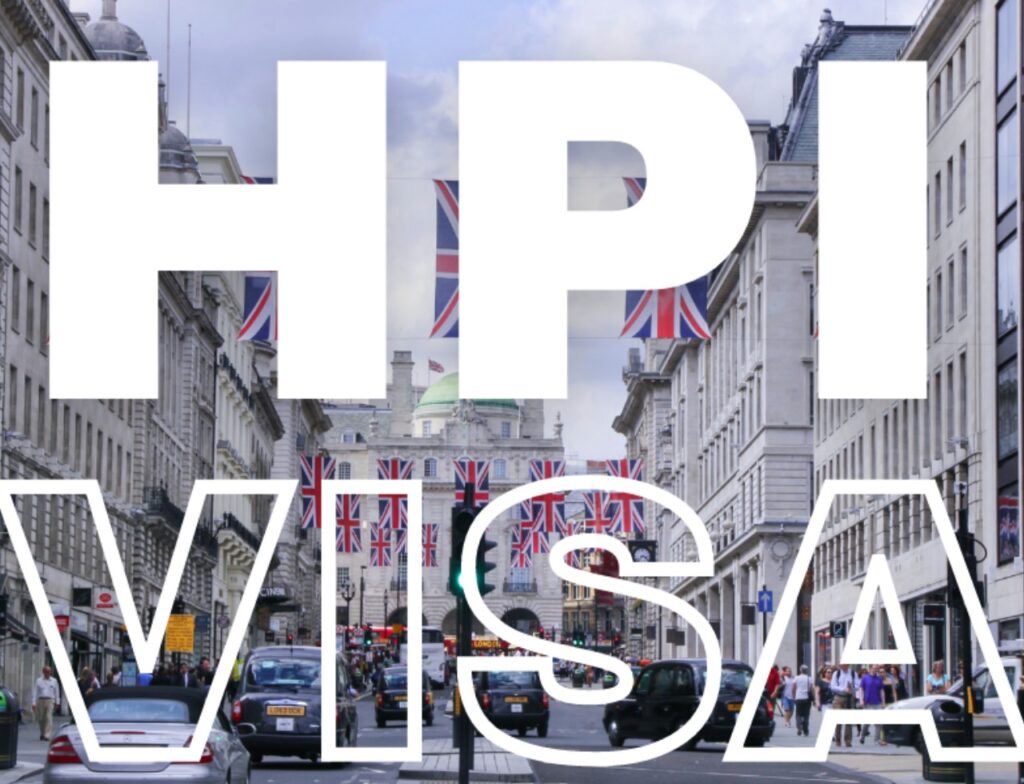Canada immigration targets 2025-the first time ever to go down into new permanent residents. The government set a level of nearly 20% lower for the year 2025 from 2024. This is the largest policy shift in over three decades, resulting from growing concerns over housing affordability, public opinion, and the pressures of rapid population growth.
Why Canada Is Slowing the Pace of Immigration
Canada will admit 395,000 new permanent residents in 2025, down sharply from a projected 485,000 this year. The trend lower will continue to gather steam as it posts 380,000 newcomers in 2026 and 365,000 in 2027. Canada will be slowing immigration numbers for the first time in decades, starting to reverse some of the aggressive immigration targets it established during the COVID-19 pandemic.
Not surprisingly, it is also driven by growing concerns over the affordability of housing. When the immigrant population began to climb, the demand for housing jumped as well, thereby pushing the prices in the real estate market in the region and putting a squeeze on local markets. Increasing interest rates are now making this trend even more difficult for many Canadians.
It’s out of control,” Marc Miller, Canada’s Immigration Minister, said Canadians want an immigration system “that is not out of control.” And it is those comments that reflect a growing unease surrounding the issue, particularly as the country heads toward a federal election in 2025.
Public Opinion and Political Pressures
Immigration has emerged as one of the very contentious issues for the Canadians, and, by all accounts, there has been a shift in public opinion in recent years. Up until now, many good Canadians, who unabashedly had positive views of immigration for the boost in economy, are speaking up about what they see as its negative impacts on housing and infrastructure. The rising costs and demands on social service have kept the debate aflame, mainly in big cities where there are acute shortages of housing.
Immigration has now become the center of focus of this frequently polarized political election looming on the horizon. A spate of public dissatisfaction, declining poll numbers, and internal challenges within the party have made the Prime Minister Justin Trudeau-led ruling Liberal government increasingly pressure-prone. According to experts, this shift in immigration targets will help regain the confidence of voters.
Impact on Temporary Residents
Besides, the population count of permanent residents is expected to decrease, but so is the count of temporary residents. As it has been projected, by 2025, there must be 300,000 temporary residents, which means 30,000 less than previously forecasted. By 2027, it is expected that the government will reduce temporary residents below 5% in Canada, where the count presently is 6.8%.
New restrictions for international students and increased regulations regarding the temporary foreign worker program will be enforced. These changes come as a response to criticism leveled against several sectors that mainly rely on temporary foreign labor over low wages and exploitative conditions.
Migrant Advocates Sound Alarm
While the government said that the measures will balance the immigration system, others do not share that view. Syed Hussan, from the Migrant Rights Network Secretariat, called the move “one of the most egregious rollbacks of migrant rights in Canadian history.” He said that the reduction in permanent residents would coerce many migrants to stay either in temporary or undocumented situations, making them vulnerable to exploitation.
Advocates say this policy change may strand a vast part of the country’s immigrant population in a precarious limbo, especially those who are already here on temporary visas. Many fear that without a clear pathway to permanent residency, they will be tossed into uncertainty amid job insecurity and reduced legal protections.
The Future of Canada's Immigration Policy
The previous immigration targets published for the first time by the Canadian government during the coronavirus pandemic were an attempt at filling labor gaps and restimulating the economy. The government had provided for the admission of half a million new permanent residents yearly through 2025 and 2026. However, the new administration is willing to retain only such large numbers if factors of housing and public dissatisfaction were not contrary to it.
Presently, and as of mid-2024, 2.8 million temporary residents, comprising international students and foreign workers, are recorded. This number recognizes the challenge posed in managing an increasingly growing immigrant population, while efforts have to be made to take into account the housing needs of and the labor market requirements for this great nation.
Conclusion
Immigration target decline has been a crucial milestone for the strategy in Canadian immigration. Considering the fact that permanent residents’ number will decline by 20% in 2025 and further decline is expected to occur in 2026 and 2027, such a policy shift speaks to all concerns lately over housing affordability, public opinions, and political considerations. Yet, while the government sees it as one of the much-needed moves, migrant advocates raise alarm for a long-term impact on temporary residents and the future of immigration into Canada.
It is at a fork in the road on immigration, and just how it manages to strike a balance between its need for newcomers and its anxieties about the impact of migration on domestic politics is likely to be one of the central issues in the federal election ahead.





